The Art of Google Street View
Plus giant statues, Shepard Fairey and more!
Keeping it short and sweet this week in The Gallery Companion:
A photographic exhibition in Denmark on the fascinating and unexpected scenes of people / animals / things thrown up by Google Street View.
A proposal for a huge statue in San Francisco Bay. Is it brilliant or dreadful? You decide.
And my list of must-see exhibitions.
The art of Google Street View
The artist Jon Rafman caught my eye this week. I hadn’t heard of him before, but he has been a bigwig in the ‘Net Art’ scene for many years. Since 2007, when Google started sending out a vast army of cars, each equipped with nine cameras, to photograph every highway, road and dirt track in the world, Rafman has been keeping an archive of strange and uncanny images captured along the way. In his work, Nine Eyes, Rafman has nearly two decades’ worth of material, sifted from more than 200 billion photos taken across 100 countries.
This ongoing project, currently showing at Louisiana Museum of Modern Art in Denmark, is endlessly rewarding for viewers. If you can’t get to Denmark, you can see a whole load of them on Rafman’s (really old-skool) website here. It’s weird and wonderful imagery. What’s interesting to me about this project is the deeper unease it reveals about our relationship with technology and the vast corporations that rule the internet. Rafman says:
In the corner there is a button ‘report a concern’ and if you think about what that means, what does it say about our society? Maybe you see someone getting hit by a car, or maybe you see someone dead by the side of the road, you don’t know when exactly the photo was taken, what the context is, how the photo was captured through some huge corporation that is more Kafka-esque that even Kafka imagined. What does it mean ‘report a problem’? Who are you reporting it to? What is the concern?
Indeed. Where the Google cameras are indifferent, capturing everything without moral position, our human eye brings meaning and interpretation to these uncontextualised moments in time without any power to respond. With these photos he exposes how detached and bureaucratic our digital world has become: we witness human suffering through an algorithmic lens, mediated by a corporation that feels vast, faceless, and unaccountable. It raises questions about how technology shapes our sense of responsibility and empathy when the systems we use to ‘see’ the world also distance us from it.
Describing himself as a ‘cyber-flâneur’, Rafman emerged from the early days of Net Art, when there was a sense of an openness, dialogue, and creative experimentation on the internet. The excitement of discovery, of not knowing what or who you’re going to find, has been shut down, Rafman argues, by the ‘Haussmannisation of the internet’ — the flattening of digital space into wide, tidy boulevards owned by a few corporations. His work often reflects nostalgia for that earlier, decentralised web culture, contrasting it with today’s algorithm-driven digital landscape dominated by corporate platforms — Google, Facebook, Instagram, X, YouTube, TikTok, LinkedIn and all the rest:
I wondered what you thought about any of these ideas? Are the big platforms like Instagram a good or a bad thing? They promise connection, but they also funnel us in specific visual and social directions. And have the corporate platforms reshaped what counts as visibility or success for artists? Let me know what you think in the comments.
Symbol of hope or hubris?
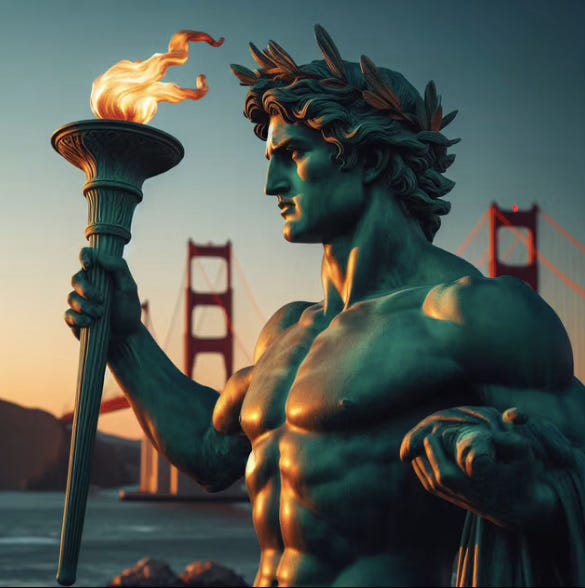
A Denver-based crypto entrepreneur, Ross Calvin, wants to build a 450ft statue of the Greek titan Prometheus on Alcatraz Island in San Francisco Bay, a project he calls The Great Colossus of Prometheus. Taller than the Statue of Liberty and costing an estimated $450 million, the monument would include a technology museum and, according to Calvin, serve as a ‘beacon of optimism’ celebrating human ingenuity and individual heroism. He views Prometheus, who gave technology to mankind, as a symbol of the American spirit and the creative drive of the West.
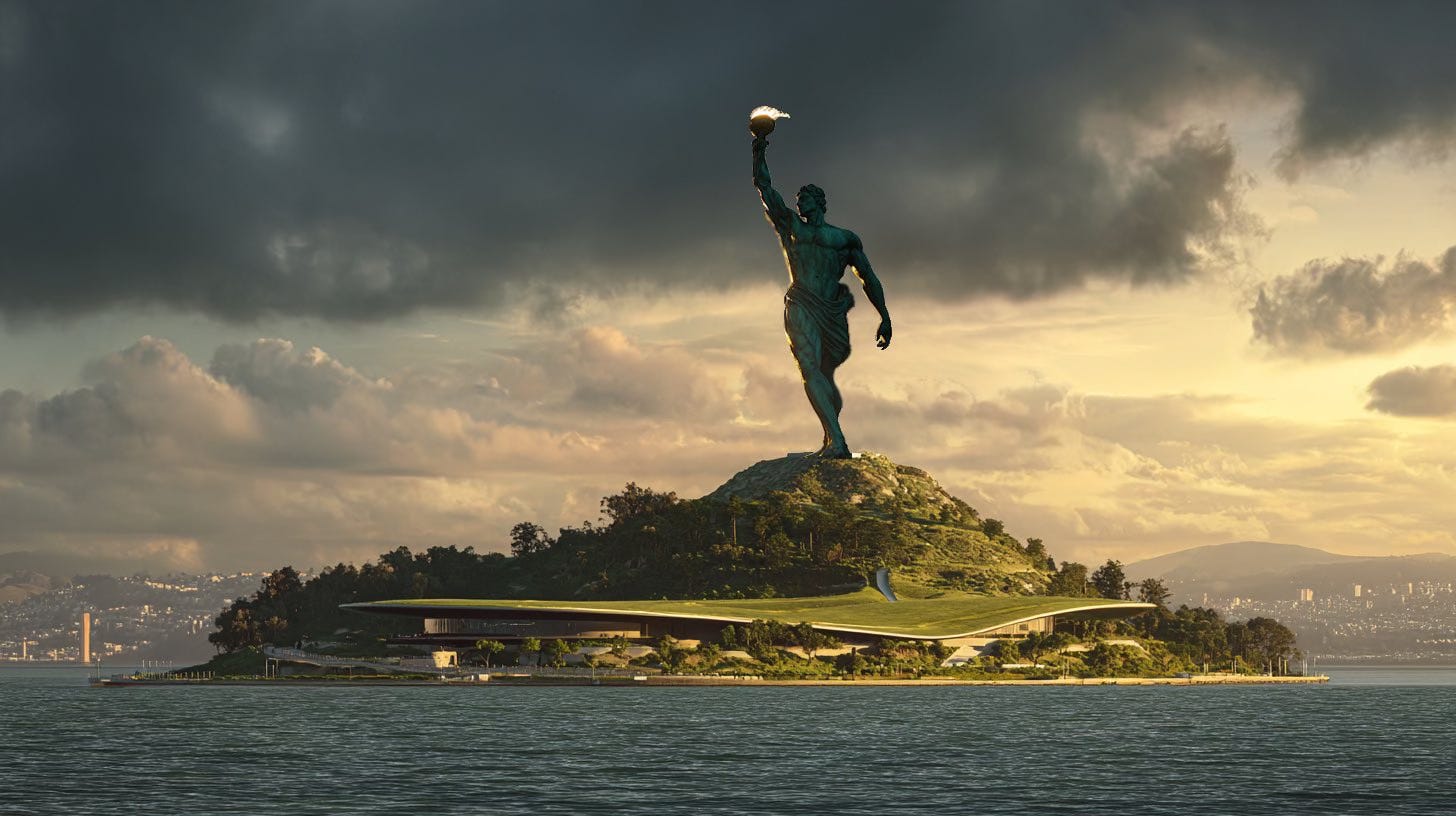
I can’t decide whether I think this suggestion is grotesquely dreadful or completely brilliant. Because it occupies shared space, public art inevitably raises questions about who gets represented and whose values are being signalled. As a piece of public art, it could provoke valuable debate about the role of innovation, technology and capitalism in 21st century America. But it also looks monumentally hubristic: a crypto-tycoon building a godlike statue to creative selfhood on a former prison island is almost parody-level Silicon Valley self-mythologising.
Either way, Calvin is getting his proposal ready for Donald Trump’s consideration early in the new year. I just have a feeling it will hit the mark with him.
Three exhibitions I’d like to see
Maggi Hambling and Sarah Lucas: OOO LA LA, Frankie Rossi Art Projects & Sadie Coles HQ, London, 20 Nov-1 Jan 2026. Essentially two old mates exhibiting together. Here’s the official blurb though: ‘The exhibition will reveal the affinities between the artists’ distinct approaches – above all, their sense of life’s proximity to death, and their defiant – defining – exuberance’. Might be quite good.
Piero Manzoni: ‘L’invincibile Jean’ and Early Works 1956-1957, Hauser & Wirth, Basel, 27 Nov 2025–14 Feb 2026. Famous for his shit in a can, Manzoni was a key figure of the 1950s Italian avant-garde, and profoundly influenced twentieth-century art. A rare opportunity to see the formative phase of his practice.
Shepard Fairey: Out of Print, Beyond the Streets, Los Angeles, 15 Nov 2025-11 Jan 2026. Retrospective of over 400 of his works, highlighting his activism and protest, and demonstrating the enduring power of print to convey subversive, socially engaged messages.
That’s all for today, GC readers.
Please help me spread the word about this newsletter by clicking like or restack. Or better still, share it with someone you think will like it.
Thanks for reading!


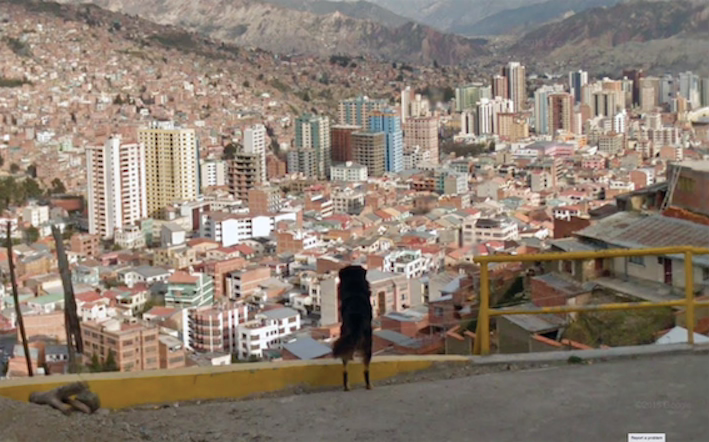
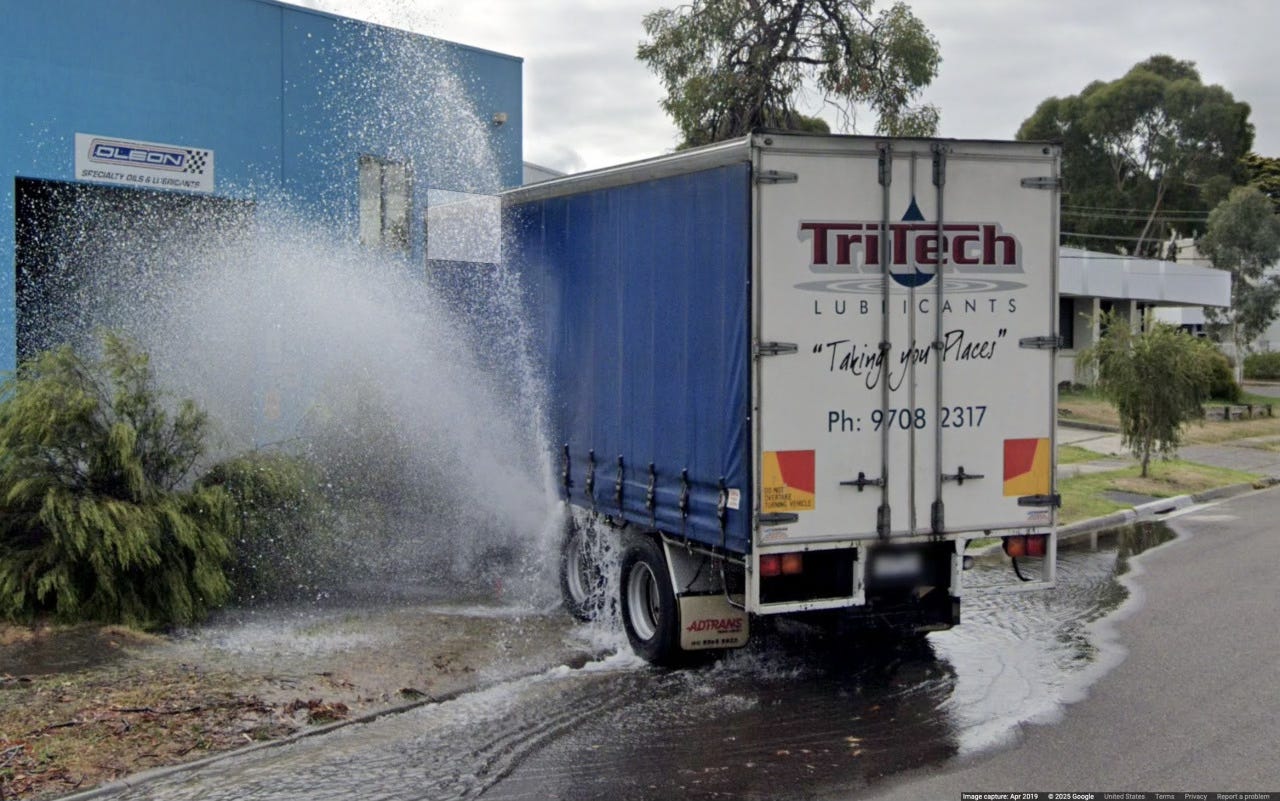
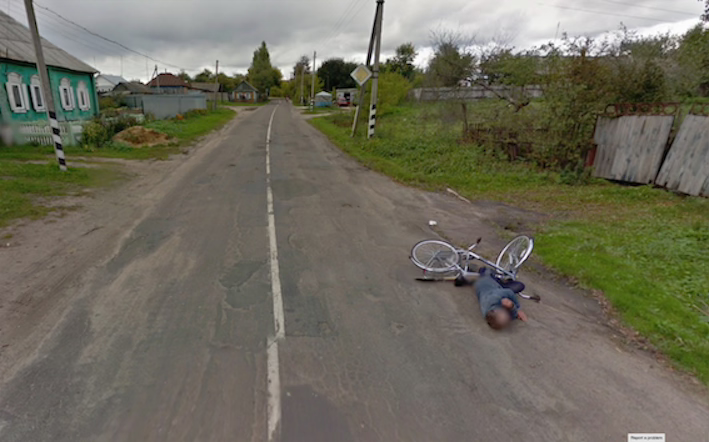
Prometheus on Alcatraz is so colonialist, white supremacist, it's astounding. May as well be a big white phallus. I grew up in San Francisco. Very familiar with the history of the city and the island Alcatraz. I remember when the AIM (American Indian Movement) took over the island. Their graffiti still on the building they occupied. My last time there, now that I've lived in Los Angeles many many years, was for the Ai Wei Wei exhibit at the prison. It was a very moving exhibition with a sensitivity to the prison and its history. San Francisco, as far as I'm concerned has lost much of what made it what it was, thanks to gentrification by the tech bros. This is just one more nail in the coffin of culture.
Thanks for the thought provoking post this week. I absolutely agree with you on the first issue - big, faceless corporations / machines with no moral understanding are maybe not the people we want to be relying on, however, the genie is out of the bag and probably won't want to go back because they are simply making too much money - and Elon Musk has just been given a salary that is out of all human proportion. I am convinced we have to return to what makes us human, and how we can be human WITH this world. Which leads me nicely to the next item - the huge statue: of course this is totally out of any human proportion, and probably a last stand of the "hero's narrative" which we've lived by for the last 100 or so years. Go out there, slay the dragon, become the best, be at the top of the pile. It's landed us in a terrible situation: the myth of more, depletion of the world's assets, killing the environment. As Sharon Blackie says, we need a new narrative to live by, and that would be the pre- heroic or post-heroic journey, the heroine's journey - were we live within our human proportion with the world - and with the other-than-humans, always in a sense of community and communication. We are part of the world soul and it is part of us. As we develop, so does the world soul. And out of proportion statues celebrating the hero's journey are about the last thing we need right now.